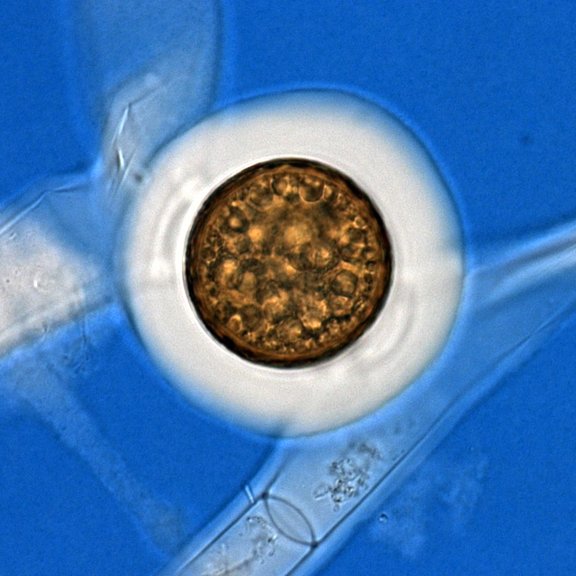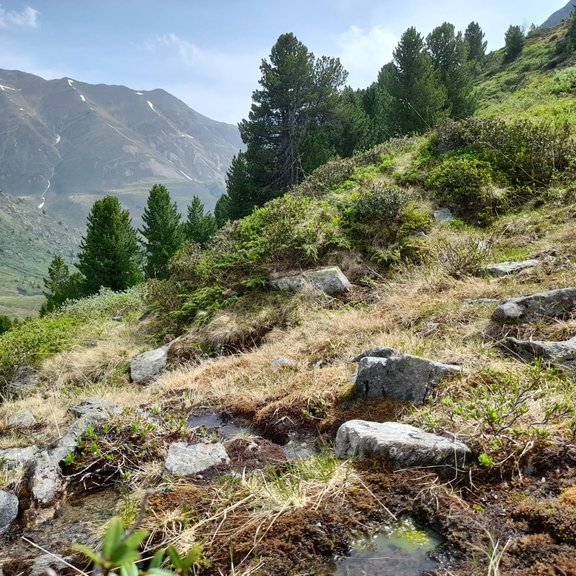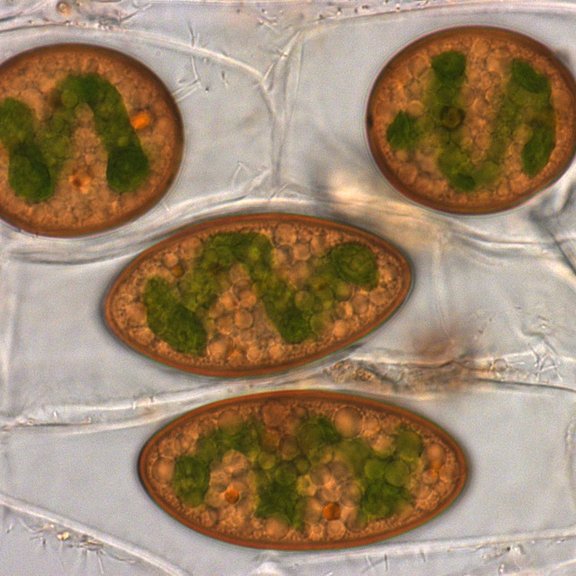Project
Sexual Reproduction in Zygnematopyhceae (Charophyta)
Project leader: Andreas Holzinger
Project members: Charlotte Permann, Sebastian Antreich
Cooperation partners: Louise A. Lewis, Storrs, CT, USA; Burkhard Becker, Cologne, Germany; Klaus Herburger, Copenhagen, Denmark; Dimitri Deheyn, La Jolla, CA, USA, Notburga Gierlinger, BOKU, Vienna
Funding: FWF (34181-B)
Duration: 2021-2024
Zygnematopyhceae are the closest living algal ancestors to land plants. Despite streptophyte algae (Charophyta) comprise six classes, only the Zygnematopyhceae gave rise to land plants (Embryophyta) and it remains enigmatic why this group was so successful. There is a very good knowledge of their vegetative survival strategies with the investigation of young cells versus older cells (pre-akinetes) with strikingly different ultrastructural properties, transcripotomic and metabolomic responses allowing pre-akinetes to be more stress tolerant. This theoretical framework enabled to understand their survival strategies in the vegetative state, but very limited knowledge is available on the sexual reproduction of Zygnematophyceae, likely playing an important role in their success on land. This project aims to give answers to on one of the largest evolutionary questions in Botany. The central hypothesis to be addressed in this proposal is if sexual reproduction by conjugation was beneficial for terrestrialization.
We have several research questions on the conjugation process and subsequent zygospore formation. What are the physiological properties of this process? Which cell wall components and their modifications are involved? Cell walls are the only physical barrier between the sensitive algal protoplast and the harsh environment; they are crucial for plant function and survival and govern growth. Therefor understanding cell wall properties is one of central the objectives.
We use state of the art microscopic-, confocal laser scanning- and transmission electron microscopic techniques, combined with high throughput immuno-detection (COMPP) of cell wall compounds. As experimental research objects, we work mostly with field collected genera Zygnema, Spirogyra and Mougeotia. RAMAN spectroscopy and Hyperspectral imaging will be used to further analyze cell wall characteristics and subcellular properties of zygospores. Transcriptomic changes during the conjugation process will give insights into the molecular bases of this process.
The outcomes of this project will significantly enhance our understanding of reproduction strategies of streptophytic green algae which are currently believed to be sister to land plants.

Zygospore of Mougeotia stained in Indian ink

Alpine habitat of Zygnematophyceae

Zygospores of Spirogyra
